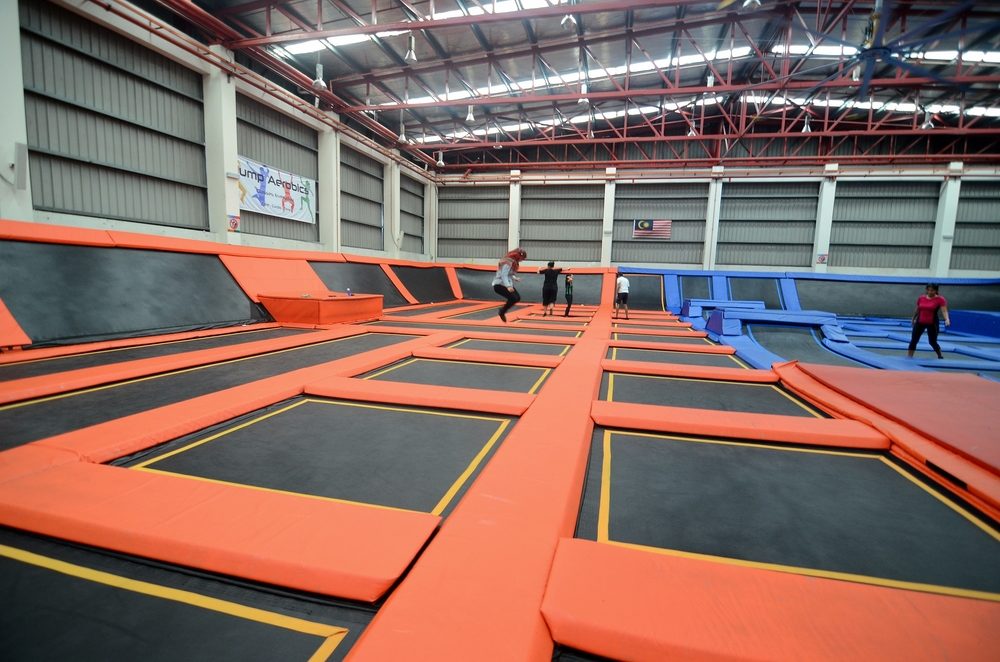Injuries at Trampoline Parks Declining at Facilities That Follow Safety Protocols: Study
High performance jumping, foam pits and parkour obstacle courses were linked to the highest risks of injuries at trampoline parks worldwide, researchers found.

The findings of a new study highlights the risk of injuries at indoor trampoline parks, often involving children requiring emergency treatment or surgery. However, it appears that many of these injuries could be avoided if trampoline parks follow established safety protocols.
Australian researchers report that trampoline park injury rates are declining by 0.72% every month among parks who comply with safety standards, according to a report published this month in the medical journal Pediatrics,
The study comes amid ongoing concerns about the increasing popularity of indoor trampoline centers over the past decade, in the United States and several other countries.
Trampoline Park Injury Rates
Researchers from the Royal Children’s Hospital Foundation and the Australian Research Council analyzed the data from 18 safety standard compliant trampoline parks operating in Australia and the Middle East from 2017 to 2019.
They reviewed how long patrons spent jumping and the number of injuries reported among the facilities, to determine how often trampoline-related injuries occur, how severe they were, and how injury rates changed over the study period.
According to the findings, researchers indicate that trampoline injuries were uncommon, and severe injuries that needed emergency medical care were rare among the safety compliant parks.

Did You Know?
Millions of Philips CPAP Machines Recalled
Philips DreamStation, CPAP and BiPAP machines sold in recent years may pose a risk of cancer, lung damage and other injuries.
Learn MoreParticipants spent 8,387,178 hours jumping in the parks and reported 13,256 injuries. One injury occurred every 877 jumping hours, and one injury significant enough to require medical attention in an emergency or operating room occurred every 9,090 jumping hours. according to the data.
High performance jumping and jumping on an inflatable bag or into a foam pit was the most common cause of trampoline park injuries. Severe injuries that required emergency medical care were also associated with high performance jumping, as well as obstacle course activities in parkour areas.
In comparing the rates of injuries reported over the study period, researchers indicated that injuries decreased by a rate of 0.72% every month.
While the decline in trampoline park injuries are promising and may help the industry enhance injury prevention practices, they still occur in large numbers and can have serious consequences for individuals, especially children. the researchers warned.
Trampoline Injury Risks
The commercial trampoline industry has rapidly expanded within the last decade. A study conducted in 2019 showed that trampoline park injuries increased by 4% as trampoline centers increased in the U.S over the last ten years.
In 2022, researchers indicated that trampolines in commercial jumping centers are even more dangerous than domestic trampolines. The study found children were twice as likely to suffer musculoskeletal or orthopedic injuries that required surgery from a commercial trampoline.
Prior research found that commercial trampolines were more likely to cause leg fractures and other lower extremity injuries, compared to domestic trampolines.
Get more articles like this sent directly to your inbox.
"*" indicates required fields




0 Comments